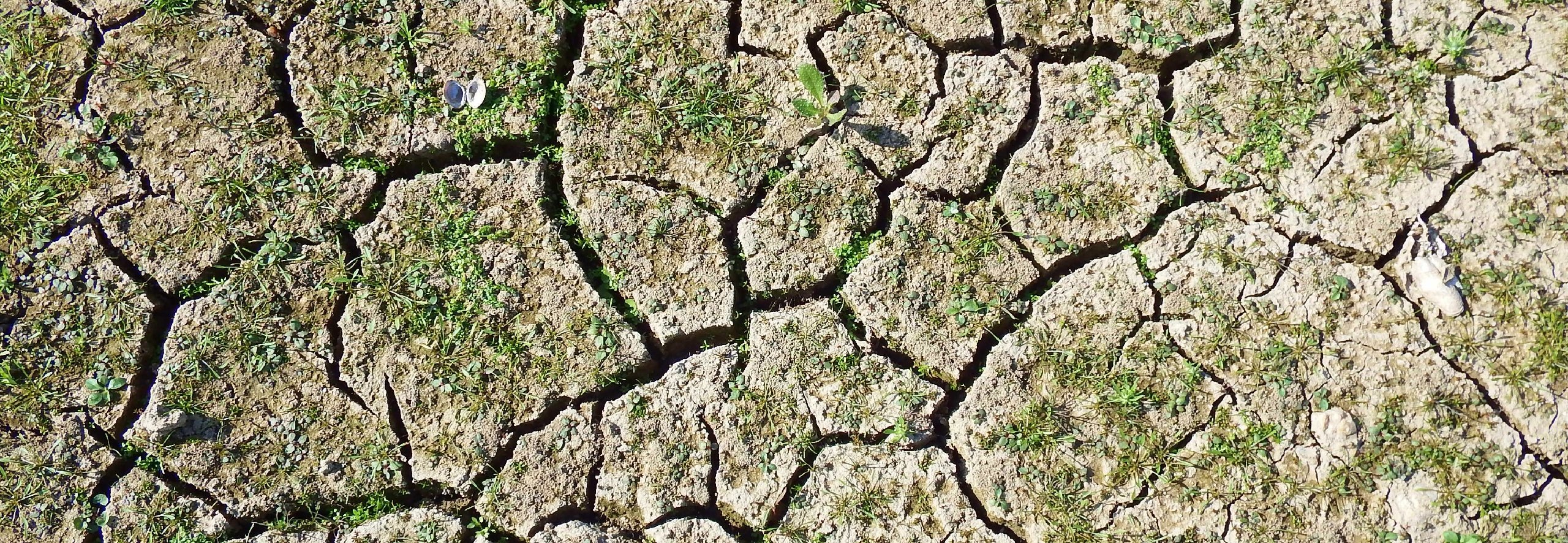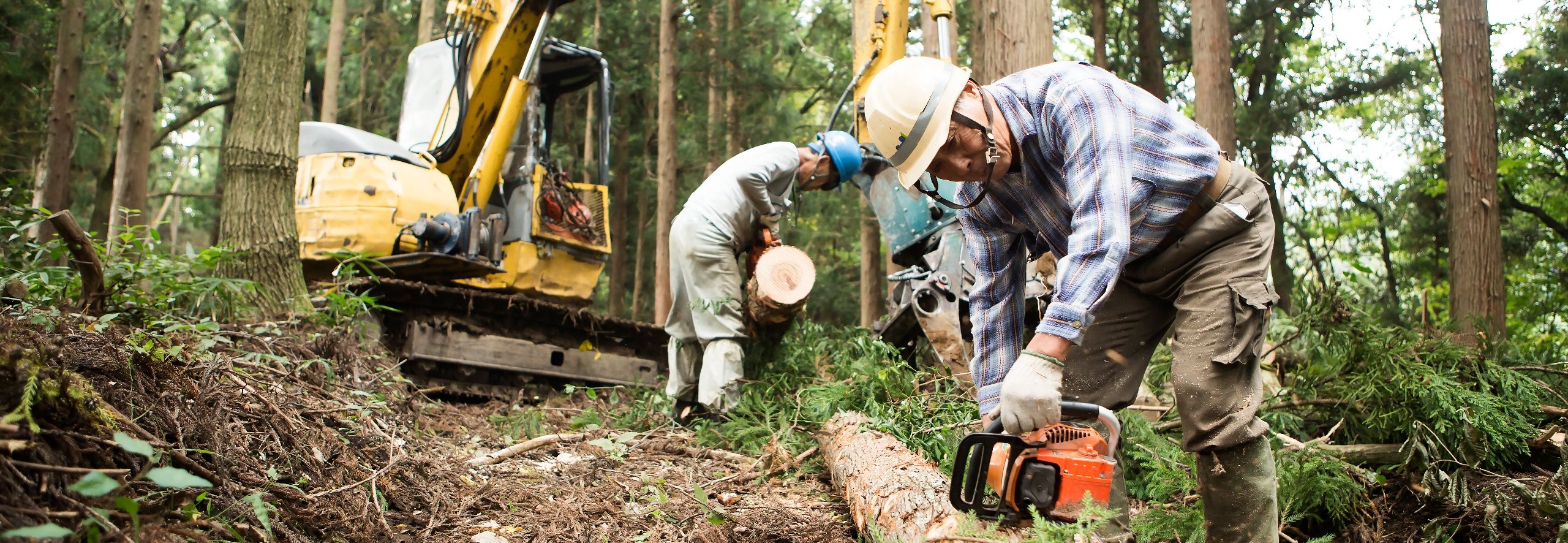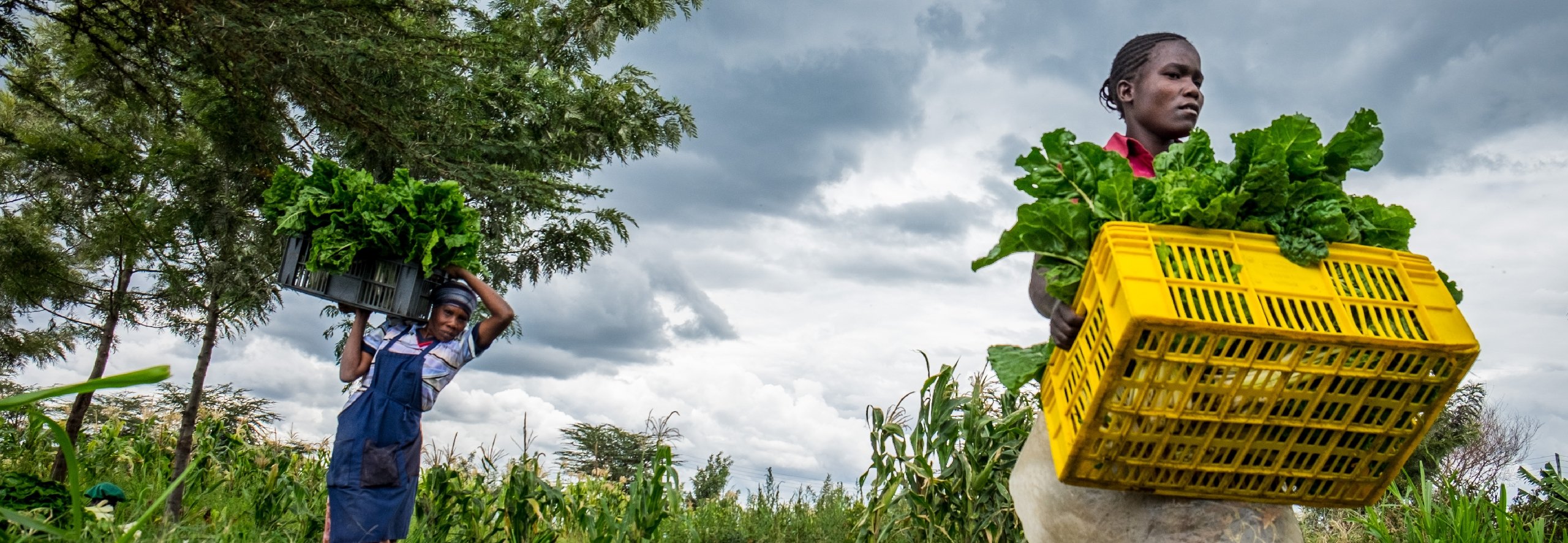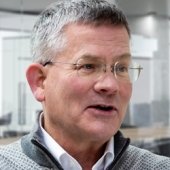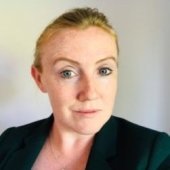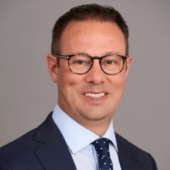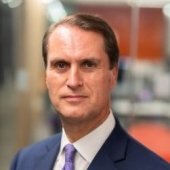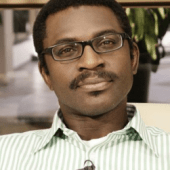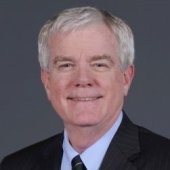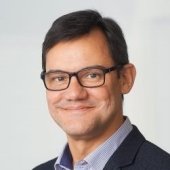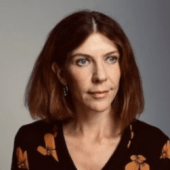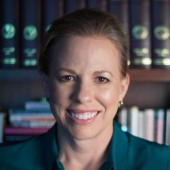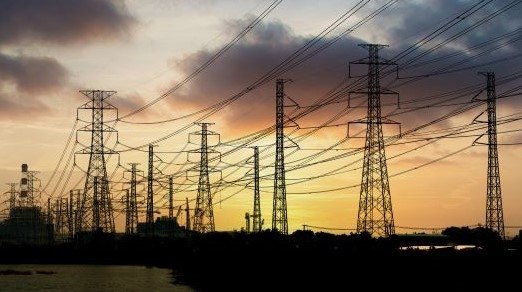UN Executive Secretary: We need the private sector to help solve planet’s biggest challenges
IN BRIEF
- Water scarcity and drought, climate change, land degradation and biodiversity loss are key drivers of current and future global crises. We must act on all these interconnected crises concurrently.
- The world has a choice. Either we continue with the current nature-destructive path and lose up to half of the global GDP by 2050, or we take a sustainable land management approach, which gives us the chance to generate 50% more wealth by mid-century.
- The economic returns of restoring land and reducing degradation, greenhouse gas emissions and biodiversity loss are estimated at US$125 to $140 trillion every year. That’s about 1.5 times the global GDP in 2021 ($93 trillion). The possibilities for business to drive change are unlimited. The choice is ours.
The challenges facing the planet are immense and growing. The United Nations has led the global effort to raise awareness and affect action with its Sustainable Development Goals, a call for action by all countries—poor, rich and middle-income—to promote prosperity while protecting the planet. VISION by Protiviti caught up with Ibrahim Thiaw, Under-Secretary-General and Executive Secretary of the United Nations Convention to Combat Desertification, during COP27 in Egypt—officially the 27th gathering of the Conference of the Parties to the United Nations Framework Convention on Climate Change (UNFCCC)—to discuss the biggest threats the planet faces, their economic impact and specifically what the global business community can do to help solve these challenges. Baris Karapinar, leader of the ESG and Sustainability practice for Protiviti Switzerland, conducted the interview.
Karapinar: Can you talk about the United Nations and its 2030 Agenda for Sustainable Development, the 17 goals adopted by all United Nations Member States back in 2015? The United Nations Convention to Combat Deforestation (UNCCD) is the Custodian Agency for Sustainable Development Goal (SDG) 15, “Life on Land.” How would you say we’re progressing on those goals?
Thiaw: The international community agreed in 2015 to prioritize and work together on 17 goals in order to steer the world on the path towards sustainable development by 2030. Goal 15 concerns life on land. UNCCD is actually custodian of a specific target: Achieving land degradation neutrality. This target measures the progress being made to have as much healthy land by 2030 as we did in 2015. Progress is measured in terms of changes in three areas—degradation does not take place on new land (avoid degradation); the loss of productive land slows down (reduce degradation); and degraded land is made healthy (restore degraded land). The expected result from 2015 going forward is to maintain—and hopefully increase—the amount of healthy and productive land available to present and future generations. The disastrous impacts of extreme events such as floods, droughts and wildfires on land make achieving these targets ever more challenging.
Karapinar: Of all the challenges and threats facing the planet and humankind today, which are the direst and in need of the most immediate action?
Thiaw: Arguably, three top the list: Climate change, biodiversity loss and the loss of productive land. Water scarcity, drought, climate change, land degradation and biodiversity loss are key drivers of current and future global crises. Already, up to 40% of all land has been degraded. The loss of soils and the accompanying land degradation are a threat to the livelihoods and security of over 3 billion people. Half of the world’s GDP depends on terrestrial ecosystems staying healthy and productive. The global economy will lose a whopping $23 trillion (US) by 2050 through land and soil loss alone if we continue with business as usual. Repurposing $4.6 trillion of our investments to protect our productive base and secure the production of healthy food could guarantee our prosperity while protecting our planet. Humanity is at a crossroads. We must act on all these interlinked crises concurrently.
Karapinar: The UNCCD does a lot of policy work on drought. The “mega” drought that has enveloped southwestern North America for the past 20+ years has made the region the driest since at least the year 800, according to a new UCLA-led study. How worried should we be about the impacts of drought on our societies, economies and businesses?
Thiaw: Droughts have always been a part of nature and the human experience but are now much worse. The impacts we are witnessing around the world—in Africa, Europe, China, Australia and the United States—remind us that no country or region is immune. Droughts are up 29% since 2000. That means, instead of a major drought occurring every 10 years, we have one every six years, on average. What’s more, droughts are lasting longer and are more severe. By 2050, drought may affect over three-quarters of the world’s population. Between 5 and 6 billion people may be living in areas where severe water shortages occur at least one month each year. Drought is a hazard, made worse by climate change, but many of its disastrous impacts can be contained by anticipating and preparing for them, which will allow us to respond adequately and recover when they strike. We will need to move from a reactive response to a more proactive approach to drought, including stress testing and drilling to prepare ourselves.
$23T↓
The global economy will lose a whopping $23 trillion by 2050 through land and soil loss alone if we continue with business as usual.
Karapinar: What are the best steps forward regarding those challenges you mentioned? Specifically, building drought resistance, food security, and land restoration, among others?
Thiaw: Climate change bears much of the responsibility for these impacts—from water scarcity to food insecurity and the unprecedented loss of livelihoods and biodiversity. But so does how we manage our land and water resources. Healthy land is a holistic solution to the global environmental crises we face today. Managed sustainably, land can deliver powerful climate mitigation and adaptation solutions. World leaders recognize the urgent need to shift drought management approaches from the current emergency response to building long-term resilience.
And at the start of COP27, at the initiative of President Macky Sall of Senegal and Prime Minister Pedro Sanchez of Spain, 30 countries and 20 international organizations as well as the private sector supported the creation of the International Drought Resilience Alliance to rally political momentum among leaders across all sectors to make drought resilience a priority in national development. Stakeholders involved in the alliance will collaborate by sharing knowledge, innovation, technology and resources to build resilience. They will also work to bring in disengaged stakeholders, especially the private sector, to network and share knowledge with other initiatives and platforms for synergy.
Karapinar: The UN has taken a leadership role, of course, but I think all would agree this has to be a very cooperative and collaborative effort between public and private entities. Where do you see the global business community when it comes to sustainable business? Are they doing enough?
Thiaw: Land degradation and droughts of the kind we see now pose a systemic risk for business growth and long-term survival. They put the productive capacities of all businesses at risk. Adding climate change and the loss of biodiversity on top of this makes for a toxic mix for the productive systems and values chains that are the lifelines of business. And yet, the potential for business engagement in driving sustainability couldn’t be better because consumers, particularly the youth, who make up more than half of the global population, are hungry for change because their future is at stake. Business can drive this consumption towards sustainability through targeted investment. Investing in regenerative land use, for example, is an opportunity to invest in the future—to future-proof productive systems and supply chains. In a nutshell, the world has a choice. Either we continue with the current nature-destructive path and lose up to half of the global GDP by 2050, or we take a sustainable land management approach, which gives us the chance to generate 50% more wealth by mid-century.
Either we continue with the current nature-destructive path and lose up to half of the global GDP by 2050, or we take a sustainable land management approach, which gives us the chance to generate 50% more wealth by mid-century.
Karapinar: Finally, if I ask you to take a longer view—say 2050—what do you see? Are there different long-term threats—and opportunities—over the horizon? Are you optimistic that we’ll make the type of progress needed to ensure a viable, healthy, equitable and sustainable future?
Thiaw: By 2050, the world population will hit 9 billion, with the middle class having grown by hundreds of millions. Hundreds of cities over a million people will have been built. The demand for resources, including food, feed and fiber will increase steadily. According to some estimates, food production in developing countries will need to almost double compared to their production just 15 years ago. By contrast, global crop yields are estimated to decrease by 10% by 2050 due to land degradation and climate change. Some regions may suffer up to a 50% reduction. As a result, world food prices are expected to increase by an estimated 30%, plus the additional costs as fossil fuel reserves diminish and the costs of logistics, agricultural input and equipment increase.
So, the equation is complex: Responding to a growing demand while reducing global carbon emissions in an overall context where natural resources are shrinking will be a daunting task. However, from a global business perspective, this could be turned into an opportunity. The world needs to manage simultaneous transitions, mainly energy and land use. Both require large investments: shifting to regenerative agriculture; working with nature, not against it. Investing in clean energy, including in farms. Setting up new cooling systems for food. Investing a whole new ecosystem of startups for new food systems.
Plus, we have the potential to restore five billion hectares of degraded land by 2050—equivalent to 35% of the Earth’s land area. This could help prevent about one-third of projected biodiversity loss and avoid releasing an additional 83 gigatons of carbon emissions into the atmosphere, equal to more than seven years of total current global emissions. What’s more, the economic returns of restoring land and reducing degradation, greenhouse gas emissions and biodiversity loss are estimated at US$125 to $140 trillion every year. That’s about 1.5 times the global GDP of $93 trillion in 2021. The possibilities for business to drive change are unlimited. The choice is ours.
The economic returns of restoring land and reducing degradation, greenhouse gas emissions and biodiversity loss are estimated at US$125 to $140 trillion every year. That’s about 1.5 times the global GDP of $93 trillion in 2021.
Baris Karapinar leads the ESG & Sustainability practice of Protiviti Switzerland. He offers 20 years of academic and policy consultancy experience in sustainable development. He has worked for several UN agencies, including the UN Development Programme, UN Industrial Development Organization, and the Climate Finance unit of the UN Environment Programme. He served in the advisory panel of the UNCCD Land Neutrality Fund. He was a Lead-Author of the Intergovernmental Panel on Climate Change (IPCC), an internationally accepted authority on climate change. IPCC was awarded a Nobel Peace Prize in 2007.
Did you enjoy this content? For more like this, subscribe to the VISION by Protiviti newsletter.



